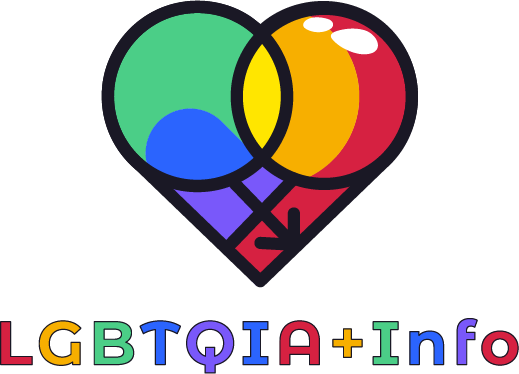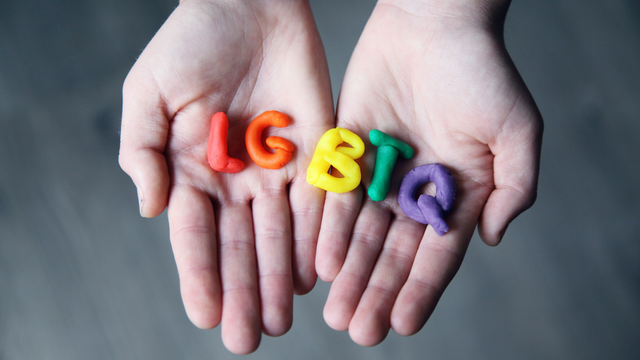So, do you know what LGBTQIA+ stands for? In the past few years, a lot of people have used it to figure out their sexual orientation or gender identity. But let’s be honest, it can be hard to understand.
I mean, I get the L for Lesbian, the G for Gay, the B for Bisexual, and the T for Transgender. But what about Q for Questioning or Queer? And what does it mean to be intersex? And Asexual? And why does it have an Ally?
But I still think it’s important to have this acronym, even though it’s hard to remember. It helps people who don’t fit into the usual gender and sexual orientation categories feel seen and heard. And that’s what it all comes down to, right? Taking people for who they are, no matter how different they are.
Let’s not forget that the LGBTQIA+ community has made a lot of progress in the past few years. Countries have made same-sex marriage legal, passed anti-discrimination laws, and given LGBTQIA+ people legal protections. It shows that we’re headed in the right direction, toward a society that’s more open and accepting.

There is, of course, still a long way to go. In many parts of the world, people who are LGBTQIA+ still face discrimination, harassment, and violence. But I’m hopeful that if we keep teaching, raising awareness, and helping each other, we can make a world where everyone can be themselves without worrying about being judged or hurt.
So, whether you identify as LGBTQIA+ or not, let’s all do what we can to help and support each other. In the end, we’re all in this together.
10 Amazing Facts You Need to Know About the Impact of LGBTQIA Pride – Click Here to Learn More!
Do You Know What All Those Letters Mean? Understanding Basic LGBTQIA+ Terms and Definitions Made Easy!
- Lesbian: Lesbianism is a natural and essential part of a woman’s identity. It is marked by a strong attraction to other women. It is neither a choice nor a way of life. Lesbians have different lives and identities, and they can form strong groups with other people who have similar lives. We can make a society where everyone feels welcome by promoting acceptance and understanding.
![Lesbian definition]()
- Gay: Most of the time, the word “gay” is used to describe men who like other men, but not all men who like other men call themselves gay. Some people use different words to talk about who they are. It’s important to recognize that the gay community is made up of people with different backgrounds and identities and to talk about the experiences of gay men who may face extra barriers because of this. Even though we’ve made progress, discrimination still happens, and it’s important to work toward a society where everyone feels welcome.
Check out the Top 10 Famous Gay People and their Contributions in this article.
![Gay definition]()
- Bisexual: Being bisexual is not the same for everyone. Some people feel attracted to different genders at different times or to different degrees. Bisexuality is not a phase or a stepping stone to being gay or lesbian. It is a valid and unique identity in its own right. Bisexuality can be invalidated or erased, which is sad. By encouraging understanding and acceptance, we can make the world a better place for everyone.
![Bisexual definition]()
- Transgender: People who don’t understand or accept that people can be more than one gender have trouble understanding and treating transgender people fairly. People whose gender identity doesn’t match the sex they were given at birth can have trouble with gender dysphoria. Unfortunately, transgender people often have a hard time getting health care, housing, jobs, and even their basic rights. It’s important to recognize that transgender identities are real and to work toward a more accepting society where everyone can live without fear of being mistreated or hurt.
![Transgender definition]()
- Queer: Queer is a term that has been reclaimed by many LGBTQ+ individuals as a way to reject gender and sexual binaries. Some also use it as a political identity to challenge oppressive systems in society. However, it’s important to respect individuals’ preferences and use language that affirms and validates their identities.
![Queer definition]()
- Intersex: Intersex is a group of conditions in which a person’s biological sex doesn’t fit into the typical male or female categories. Intersex people may have problems with their bodies that are unique to them, and they may need medical help to “normalize” their bodies. It’s important to respect their independence and make sure everyone feels welcome.
![Intersex definition]()
- Asexual: Asexual people have little or no sexual attraction to other people, but they can still be attracted to others romantically and have romantic relationships. Asexuality is a valid and important part of the LGBTQ+ community, and it’s important to understand and respect the different sexual orientations and gender identities within the community.
![Asexual definition]()
- Ally: A person who supports a group that is on the outside and fights for their rights and equality is an ally. In the LGBTQ+ community, a straight ally is a person who is heterosexual or cisgender and supports the fight for equality and rights in the community. Allies are a big part of making society more open and accepting, but it’s important to listen to the experiences of LGBTQ+ people and learn from them without taking over or talking over their voices.
Sign in
- Gay: Most of the time, the word “gay” is used to describe men who like other men, but not all men who like other men call themselves gay. Some people use different words to talk about who they are. It’s important to recognize that the gay community is made up of people with different backgrounds and identities and to talk about the experiences of gay men who may face extra barriers because of this. Even though we’ve made progress, discrimination still happens, and it’s important to work toward a society where everyone feels welcome.








